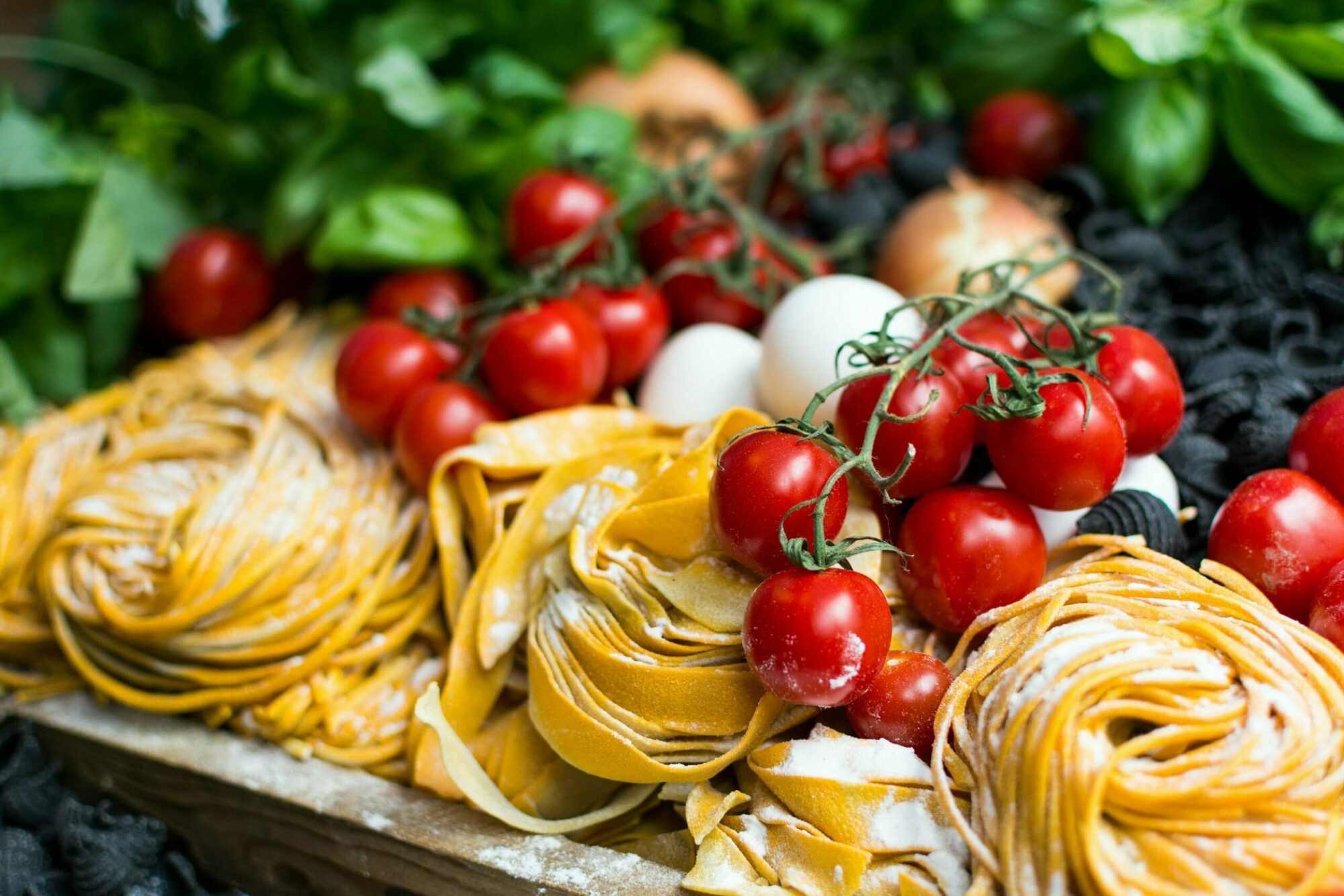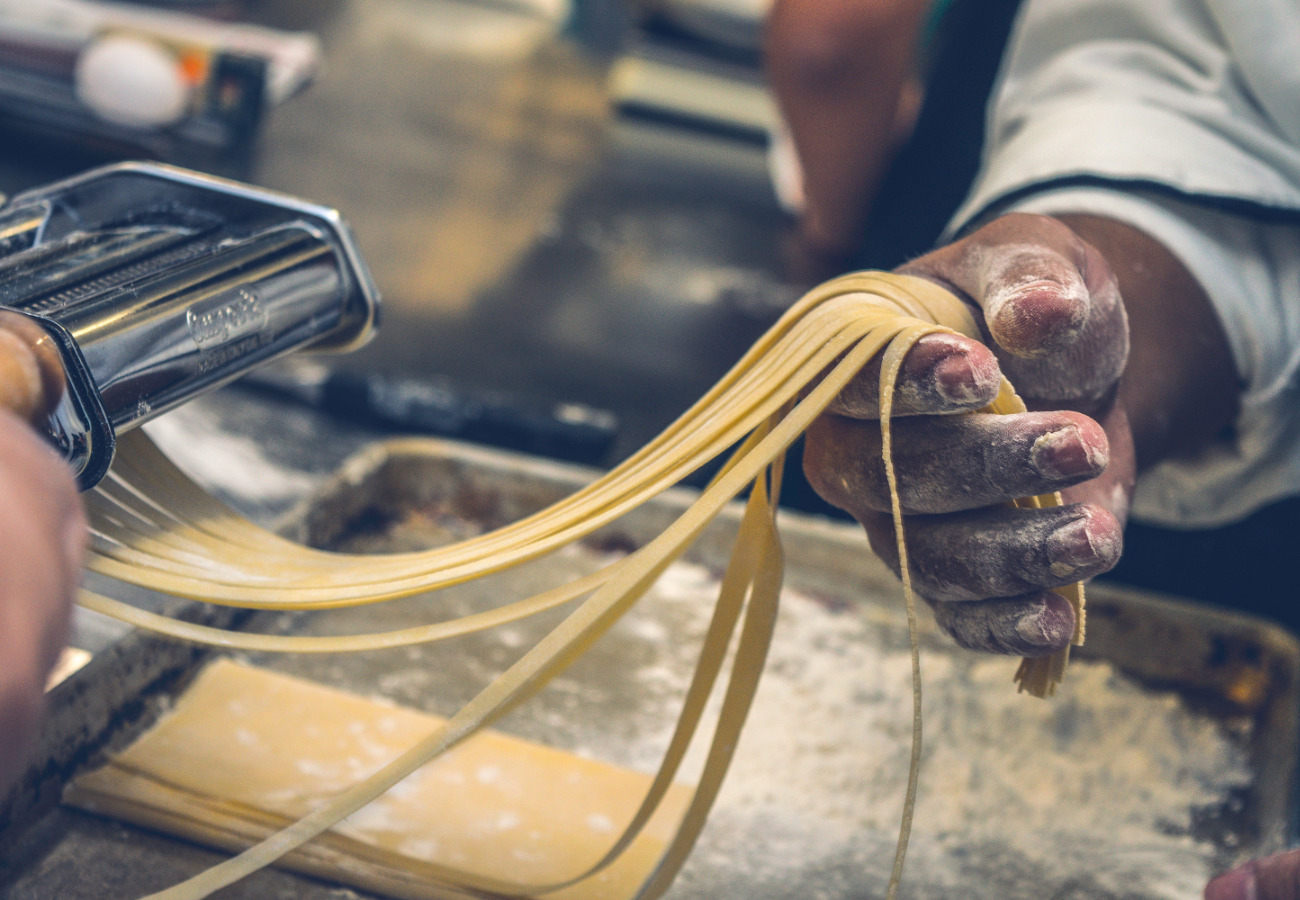Italy is the melting pot of cultural diversities. Over centuries many civilizations have influenced Italian culture and added to its incredibly varied ranges. Italian regions display their own colloquial cooking and flavor styles. Today we will discover a taste of Tuscany. Let’s explore the classic dishes in Tuscan cuisine. Unique ingredients and diverse cultural flavors are the staples of Italy. Italy is part of both the European continent and southern Europe. Italy shares Alpine borders with France, Austria and Slovenia. The food of Italy is famous throughout the world with dishes like spaghetti, lasagna and ravioli. They are being found across the globe but more importantly the rich variety of regional cooking is alive and well, preserving some of this country’s culinary history.
Today we will be exploring the flavors of Tuscany, the birthplace of the Italian Renaissance. Tuscan Cuisine is quite unique and even differs between the provinces. Tuscany is all about food and wine. It’s all about the fresh produce which they’ll have homegrown or they’ll get it from the markets. Food is cooked very slowly. Tuscans enjoy the food with their family and their friends. They have lots of pork and wild boar which they make into small goods and then they will share.
1. Fresh Pasta
Authentic kinds of pasta are made from durum wheat flour or semolina. Pasta has become a main staple for many kitchens.
To create a fresh pasta you need to pick a pasta of course and pick up some dried spaghetti at the supermarket to experience the culture of flavors of Italy. At home you can also make fresh pasta yourself. Pasta is made from mixing 2 cups of flour, fresh eggs and some semolina flour.
First you need to take some flour and gently put it on the kitchen table then add egg yolk.
Mix well the flour with the egg yolk gently with your fingers in a circular motion. Soon the mixture as a paste starts to form a pasta dough. Press the pasta cob into the pasta machine roller.
2. Tuscan Cuisine Herbs and Spices
Anybody who has tasted Italian food will recognise the herbs and spices put in the dishes. Italian herbs are an essential part of Italian cuisine. They add unmistakable characteristics to any dish.
Basil
The most common herb in Italian cooking is basil.
Crushed basil leaves combined with oil garlic and pine nuts create the famous pesto sauce.
Basil is the perfect complement to the flavor of tomato sauce. It also works well with pasta.
Oregano
Another herb, oregano, offers complimentary flavor to basil. It is also commonly used in tomato based dishes.
Garlic
The garlic features at the top in Italian cooking ways across the country. Ginger is rarely used in Italy. Although it is very popular.
Fennel seeds
Also Italian cuisine includes fennel seeds which have a distinctive aniseed flavor. It is used on roasted meat or fish. Fennel seeds are often included in salads and dressings.
There is a rosemary which does wonders to food’s taste and smell too.
Sage
Sage is famous as the key herb in Sultan burka.
Parsley
Italian parsley is recognizable by its distinct flat leaf. Parsley is used in many meat dishes, soups and stocks too.
Spices include coarse sea salt, fresh dried peppercorns, saffron and coriander. Nutmeg is used in several dishes and desserts. And vanilla is a popular dessert spice.
3. Fettuccine al Funghi
For this dish you will need to select fresh mashrooms, fresh local varieties or a combination of both fresh and dry. Needs two cloves of garlic. You will also need a dash of olive oil and some dry vermouth.
First take your italian Parsley and chop it fine. Then slice your mushroom in evenly. Remove the excess moisture from them after soaking it in the water. Take the stalk of celery and remove the leaves and chop it into lengths. Slice them finely. Next chop your garlic and slice red onions. Now heat the pan and add some oil. Then add your mushrooms and dried mushrooms and celery and garlic with onions. Sprinkle some pinch of salt. Reduce the heat and cook it gently. Later add the butter and cook on gentle heat. Thus it produces a nice rich sauce . Finally, you can add your Italian chopped Parsley. Then cook your pasta to eat along with it. Mix both well and combine the flavor of pasta into the mushroom sauce.
4. Vegetables in Tuscan Cuisine
Italians love fresh vegetables and are famous for their salad dishes. Italy is rich in vegetables and vegetable oils. It is one of the healthiest nations on the planet. Root vegetables like carrot, radish, turnips and beetroot all are prominent in Italian cuisine. Also onions and leeks too. Cabbages , cauliflower, spinach and rhubarb are also a part of Italian cuisine. Squash and pumpkins are used as accompaniment. Bell peppers and potatoes are also part of Italian food.
Mushrooms
Mushrooms are highly regarded in Italian Cuisine. They have all kinds of mushrooms. But the special one is porcini mushroom.
Tomato
The most important vegetable in the Italian market is the tomato. There are many varieties of tomatoes that are used in soups and sauces, also in pasta dishes.
Cucumber
It is now a part of Italian culinary culture.
5. Coffee
Italians are deeply passionate about their coffee. And have two varieties of coffees. Mostly Italians prefer Arabica over the cheaper or Buster bean. Roasting beans changes their taste , color and smell. Italians enjoy full roast beans. Italians enjoy a wide range of coffee cafe. Espresso is brewed by forcing hot water under pressure through finely ground coffee. This process produces a highly concentrated shot of coffee. It actually forms the basis of many other drinks. For Italians coffee is an exception as a breakfast. Only milk is drunk in the early morning.
Coffee enjoyed after a meal.
6. Bread and Olives
Bread
Italian meals feature bread in their meals. Bread range is too wide to choose from.
Italy produces 25% of all the olives grown globally from hundreds of varieties of olive trees.
Olives
Olives in the south of the country produce the majority of olive oil. It is often used as butter as toppings for bread and for cooking. Also added to salads and cooked dishes.


